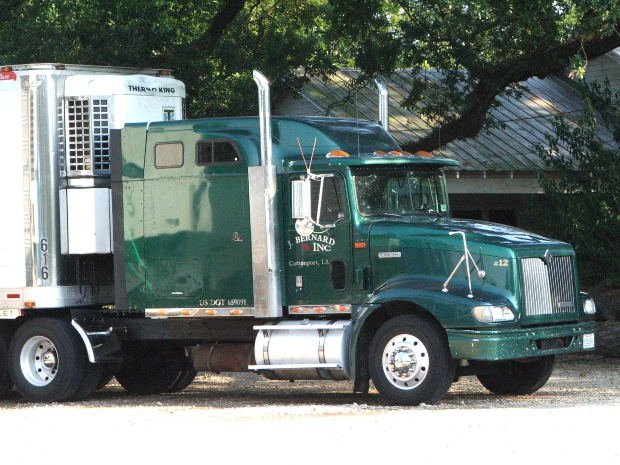Last month, the Government Accountability Office (GAO) released a report emphasizing the importance of properly maintaining guardrails and other hardware to road safety. Roadside safety “hardware” most often refers to guardrails and median barriers, but the GAO report also includes several other groups of road safety hardware, such as:
- “Longitudinal barriers, which include items such as guardrails and cable barriers and are intended to reduce the probability of a vehicle’s striking an object or terrain feature off the roadway that is less forgiving than the barrier;
- bridge barriers, which function as longitudinal barriers but are specific to bridge design;
- barrier terminals/crash cushions, which include items like guardrail end terminals that are intended to absorb or divert the energy of a crash into the end of a longitudinal barrier;
- support structures, such as sign supports, which are designed to break or yield when struck by a vehicle;
- work zone devices, which include a variety of items used in a work zone that are temporary in nature.”
In the report, the GAO explicitly states the objective of all kinds of roadside safety hardware, that goal being “when the hardware contains, redirects, or decelerates the vehicle to a safe stop without causing serious injury to the vehicle’s occupants or other people.” The GAO report also noted the discrepancies shown in a state by state survey. The survey demonstrated the inconsistencies in the crash testing results of such road safety equipment across different states. This is likely due to the lack of a monitoring program by the Federal Highway Administration (FHWA), a program that the GAO insists should be implemented to provide additional support on scheduled safety upgrades. Continue reading
 Boston Car Accident Lawyer Blog
Boston Car Accident Lawyer Blog


 Trucking companies have a lot at stake, as injuries from these types of accidents often tend to be serious or fatal, as, unfortunately was illustrated in the accident last week. Subsequent to any accident, trucking companies may hire a team of investigators in order to mitigate the liability as well as the legal costs associated with the accident. After an accident occurs, it is imperative for the victim and the victim’s family to seek legal counsel with an experienced attorney. Some of the major causes of these types of accidents include driver fatigue, equipment failure, negligent maintenance, overload or improper loading of truck, driver inattention, non-compliance with federal regulations, and speeding. While it is still under investigation, negligent maintenance and equipment failure seem to be the two most prominent factors in what caused last week’s fatal accident.
Trucking companies have a lot at stake, as injuries from these types of accidents often tend to be serious or fatal, as, unfortunately was illustrated in the accident last week. Subsequent to any accident, trucking companies may hire a team of investigators in order to mitigate the liability as well as the legal costs associated with the accident. After an accident occurs, it is imperative for the victim and the victim’s family to seek legal counsel with an experienced attorney. Some of the major causes of these types of accidents include driver fatigue, equipment failure, negligent maintenance, overload or improper loading of truck, driver inattention, non-compliance with federal regulations, and speeding. While it is still under investigation, negligent maintenance and equipment failure seem to be the two most prominent factors in what caused last week’s fatal accident.






